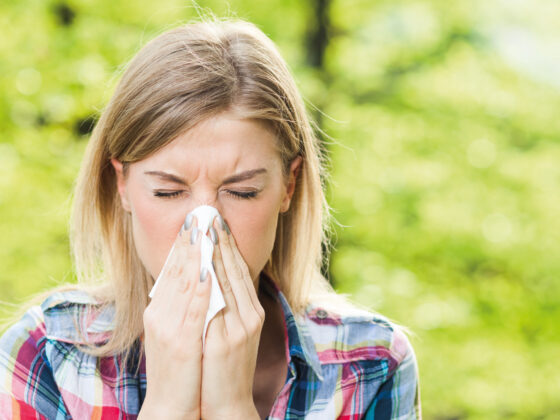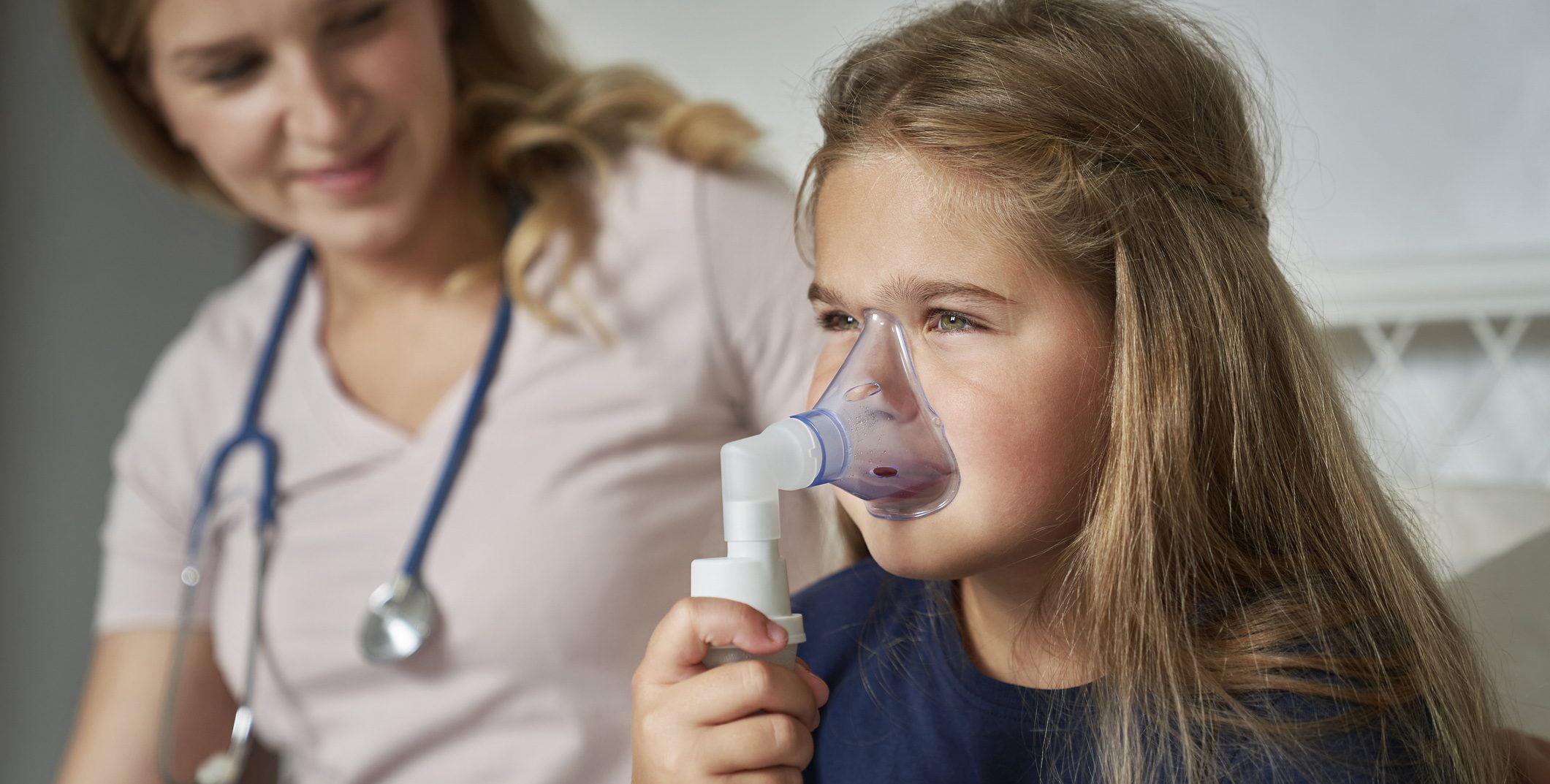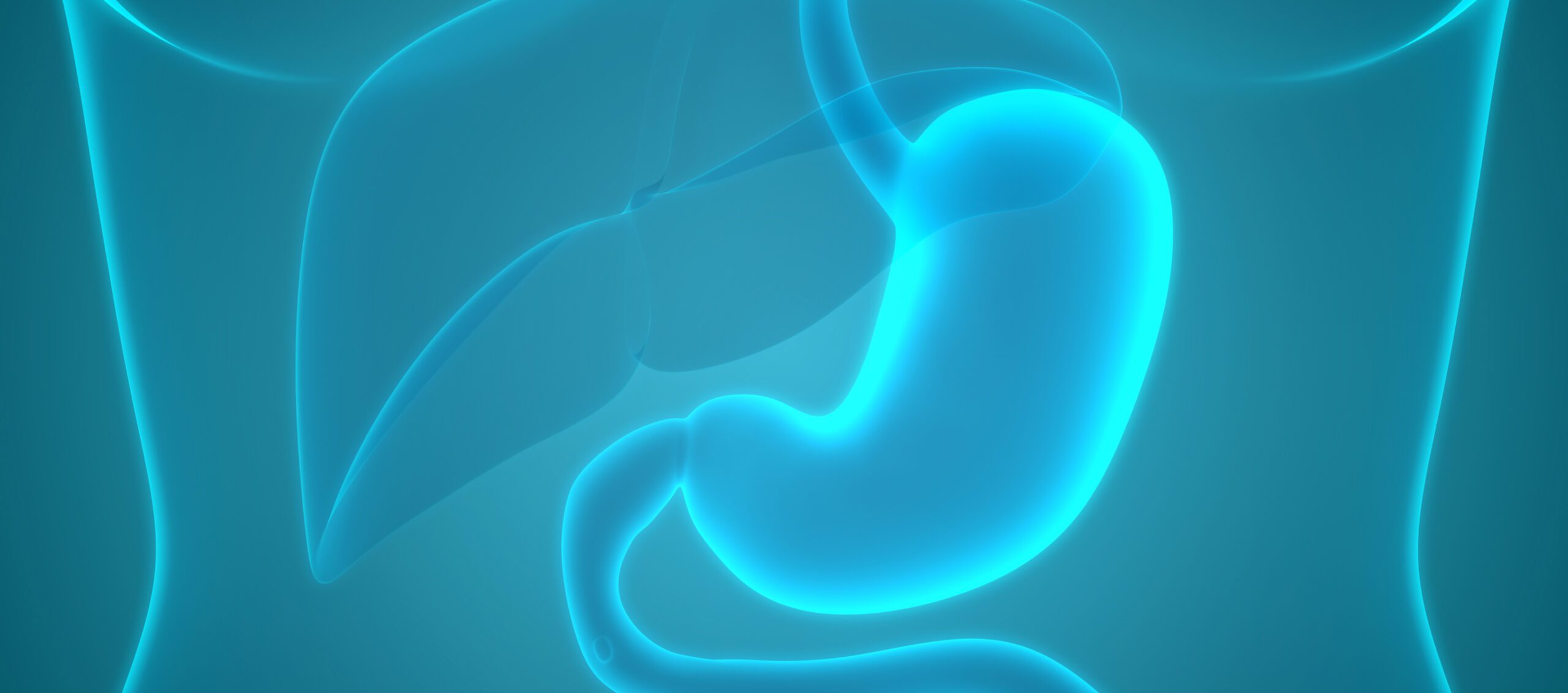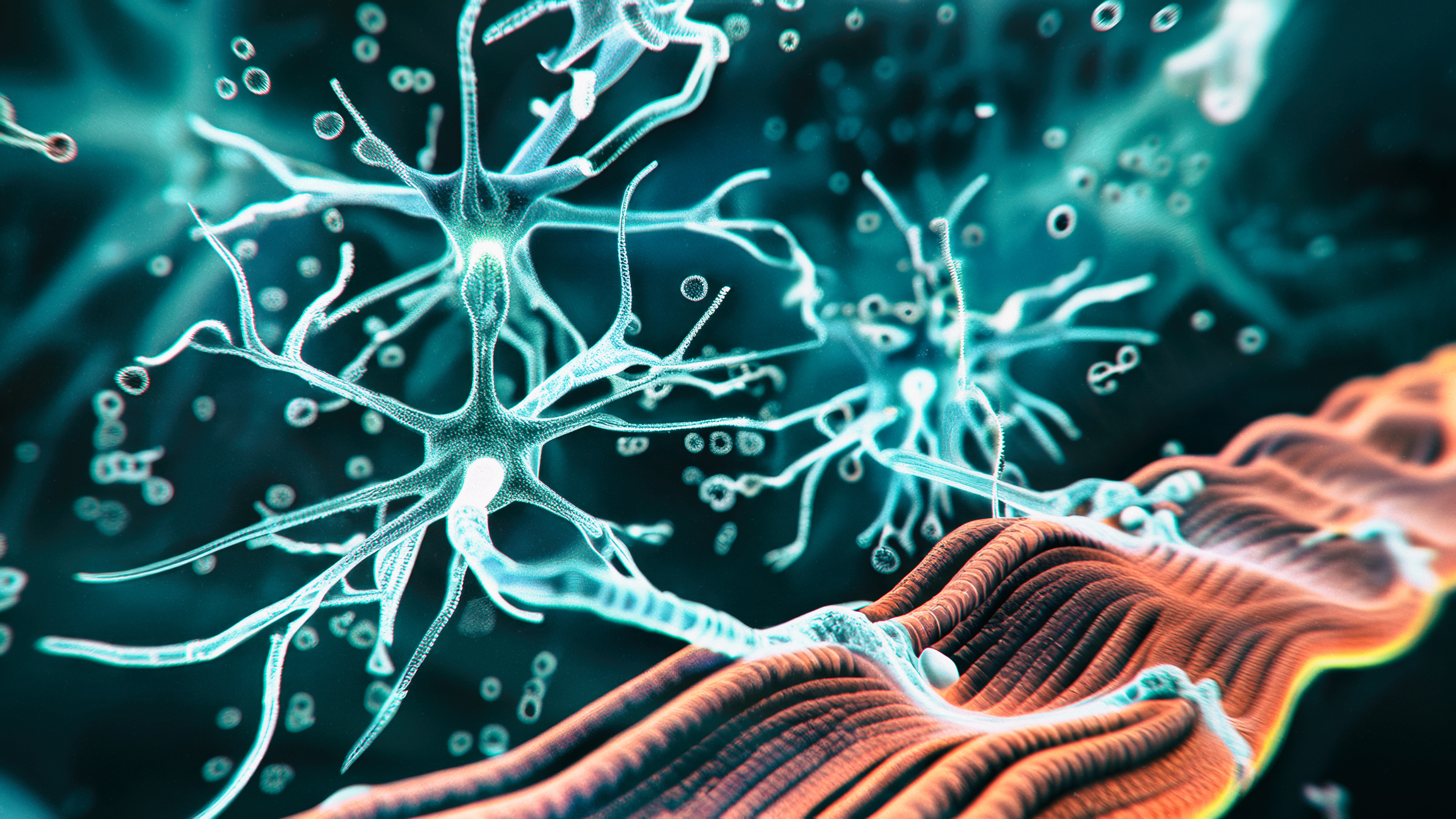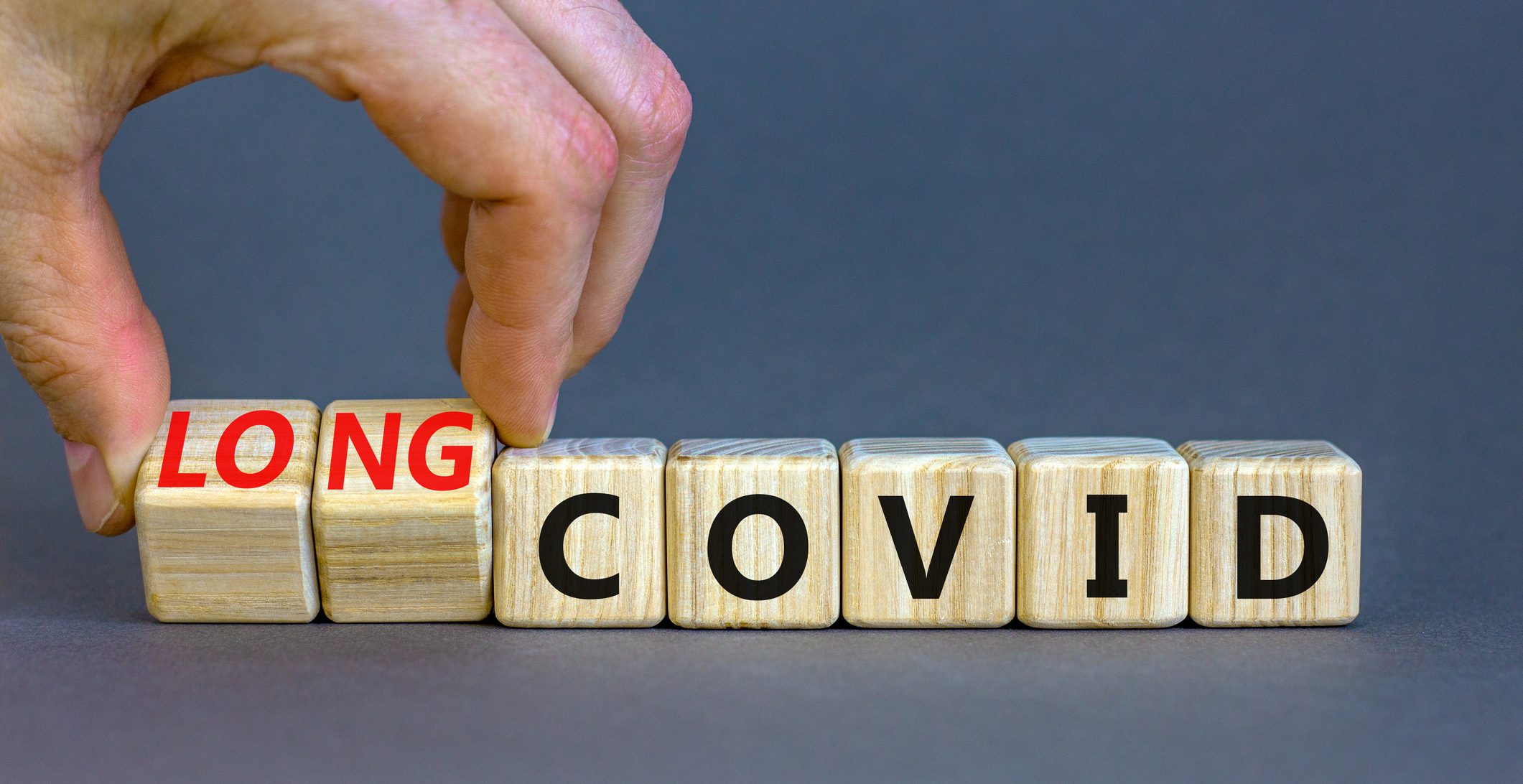Personalized medicine and technological innovations are among the most important current trends in wound diagnostics and treatment. In the field of stage-appropriate wound care, tissue engineering and smart dressings, for example, are developments with great potential for the future. However, the implementation of telemedicine applications is also being continuously improved. In addition, research is being carried out into how existing wound therapies can be optimized and new wound materials are being tested in studies.
“Focus on the wound, focus on the person” was the motto of the interdisciplinary Nuremberg Wound Congress, which took place in the Meistersingerhalle from November 23-24, 2023. Prof. Dr. med. Joachim Dissemond, Senior Physician at the Clinic and Polyclinic for Dermatology, Venereology and Allergology at Essen University Hospital and Chairman of the Wound Healing Working Group of the German Dermatological Society (DDG), spoke about current developments in the field of wound management [1]. If a wound does not heal within eight weeks despite treatment, it is by definition a chronic wound. The first step is to determine the causes of poorly healing wounds. The most common types of chronic wounds** are vascular leg ulcers, diabetic foot ulcers and decubital ulcers.
** Chronic wounds can be of vascular (PAD, CVI), metabolic (diabetes mellitus), immunological (e.g. vasculitis) or infectious origin [9].
From biomarkers to smart dressings
For stage-appropriate, individualized treatment of chronic wounds, it is necessary to identify biomarkers, skin changes in the wound environment, wound infection and inflammation [1]. These include the pH value of the wound environment, proteases and the proteolytic environment of the wound, as well as the quantification of the microbial load and specific markers of wound infection [7]. A very topical issue is the development of smart dressings [1]. The latter combine the properties of modern dressing materials with digital technologies. The idea is that, based on the measurement of wound parameters by non-invasive, biocompatible sensors, information is forwarded to a terminal device and this can be used to optimize wound treatment by, for example, using a wound dressing. an alarm signals the time to change a wound dressing. According to the speaker [1], there are many interesting approaches and ideas that are not yet sufficiently mature for implementation in routine wound care.
Physical wound therapies
When the established local therapy of chronic and infected wounds reaches its limits, physical therapies are available as an alternative treatment option [2]. In this context, Prof. Dissemond emphasized the importance of cold plasma therapy [1]. This procedure is most commonly used for chronic wounds. In addition to vacuum therapy (negative pressure wound therapy, NPWT), light/laser (wIRA, LILT, PDT, polarized light), ultrasound, magnetic fields, extracorporeal shock waves and several other procedures are also available. How these intervene in the wound healing cascades on a cell biological, molecular biological, chemical or antibacterial level is the subject of translational wound research [2]. Among other things, it has been shown that the effects of magnetic field therapy are highly dependent on physical parameters such as frequency, amplitude, duration, etc. [8]. There are also major differences in laser therapies; photobiomodulation therapy or low-level laser therapy (610-660 nm) is predominantly used in wound healing [8].
Tissue engineering
The final step in achieving wound healing, epithelialization of a chronic or infected wound, often proves difficult [2]. Tissue engineering using mesenchymal stem cells from adipose tissue is an innovative strategy for promoting tissue regeneration. The aim is to produce a functional construct that restores, replaces or improves the injured tissue [3]. Translational wound research is also investigating how larger defects can be treated using in vitro cultured grafts [4]. While autologous skin grafts are only available to a limited extent, absorbable wound matrices can also cover larger areas of skin and act as a “guide rail” for human cells [2].
Telemedical care models
The implementation of technological innovations is an important trend in wound medicine, emphasized Prof. Dissemond [1]. Telemedicine applications enable synchronous or asynchronous expert assessment regardless of physical distance. This can contribute to more efficient wound care, especially as there are more and more older people with chronic wounds and bottlenecks in conventional outpatient and inpatient medical care. According to the current s2k guideline “Teledermatology”, several controlled studies show that digital documentation and assessment of wound findings is not inferior to face-to-face documentation and analysis. The speaker points out that it is important to improve the health policy framework by regulating the reimbursement of telemedicine applications in a standardized way.
Further trends in wound research
The identification of innovative therapies taking into account bacteriological mechanisms (e.g. quorum sensing) is clinically relevant, especially as the majority of chronic wounds are colonized with a bacterial biofilm that delays wound healing [2]. Research into the interactions between microorganisms and the wound environment also led researchers to establish an association of harmful Staphyloscoccus aureus strandswith permanent defects in the mouse model and to discover that Alcaligenes faecalis, a common colonizer on wounds, caused infected areas to shrink [1]. These examples make it clear that microorganisms are not a bad thing per se.
Two studies published in the Lancet [1] show that progress has also been made in the field of innovative wound materials in recent years: In a randomized controlled double-blind study in patients with non-infected, diabetic foot ulcers that healed poorly despite the best possible standard treatment, wound closure was achieved after 20 weeks in 60 patients in a group that received a sucrose octasulfate dressing compared to 34 patients in the control group [5]. And in a multicenter study, also in patients with difficult-to-heal diabetic foot ulcers$, the use of a multilayer patch made of autologous leukocytes, platelets and fibrin led to a significantly higher healing rate compared to standard treatment (34% vs. 22%) [6].
$ Reduction of the ulcer by less than 50% after four weeks.
Literature:
- “Perspectives for wound therapy”, Prof. Dr. med. J. Dissemond, Main Session 9, Wound Congress Nuremberg, 23-24.11.2023.
- University Medical Center Hamburg-Eppendorf (UKE): AG Translational Wound Research, www.uke.de/kliniken-institute,(last accessed 03.01.2024).
- “Adipose tissue stem cells”, www.lmu-klinikum.de/chp/forschung/forschungsschwerpunkte/regenerative-medizin/fettgewebsstammzellen/f880964431d6097f,(last accessed 03.01.2024).
- “Innovations in plastic, aesthetic, hand and reconstructive surgery”, www.mhh.de/
klinik-fuer-plastische-aesthetische-hand-und-wiederherstellungschirurgie/innovationen, (last accessed 03.01.2024). - Edmonds M, et al: Sucrose octasulfate dressing versus control dressing in patients with neuroischaemic diabetic foot ulcers (Explorer): an international, multicentre, double-blind, randomized, controlled trial. Lancet Diabetes Endocrinol 2018;6(3): 186-196.
- Game F, et al: LeucoPatch II trial team. LeucoPatch system for the management of hard-to-heal diabetic foot ulcers in the UK, Denmark, and Sweden: an observer-masked, randomized controlled trial. Lancet Diabetes Endocrinol 2018; 6(11): 870-878.
- Rembe J-D, Stürmer EK: Biomarkers in wound healing and wound treatment. Vascular Surgery 2023/1. [Online], www.springermedizin.de/wundbehandlung/wundinfektion/biomarker-in-der-wundheilung-und-wundbehandlung/23907580,(last accessed 04.01.2024).
- Stürmer EK, Dissemond J: Evidenz in der lokalen Therapie chronischer Wunden: Was ist gesichert? Phlebology 2022; 51: 79-87.
- Stürmer EK, Augustin M: Hard-to-heal and chronic wounds: Using complex concepts for healing. Dtsch Arztebl 2023; 120 (27-28): [16];
DOI: 10.3238/PersDerma.2023.07.10.02 - Augustin M, Strömer K, et al: S2k guideline teledermatology. 2020, www.awmf.org/leitlinien/detail/ll/013-097.html,(last accessed 04.01.2024).
DERMATOLOGIE PRAXIS 2024; 34(1): 42-43 (published on 20.2.24, ahead of print)




